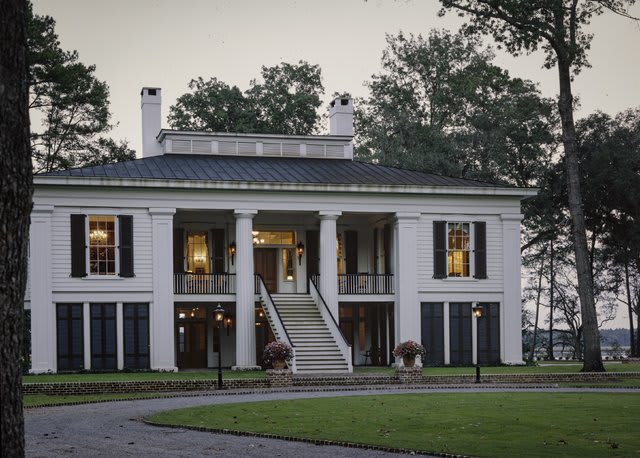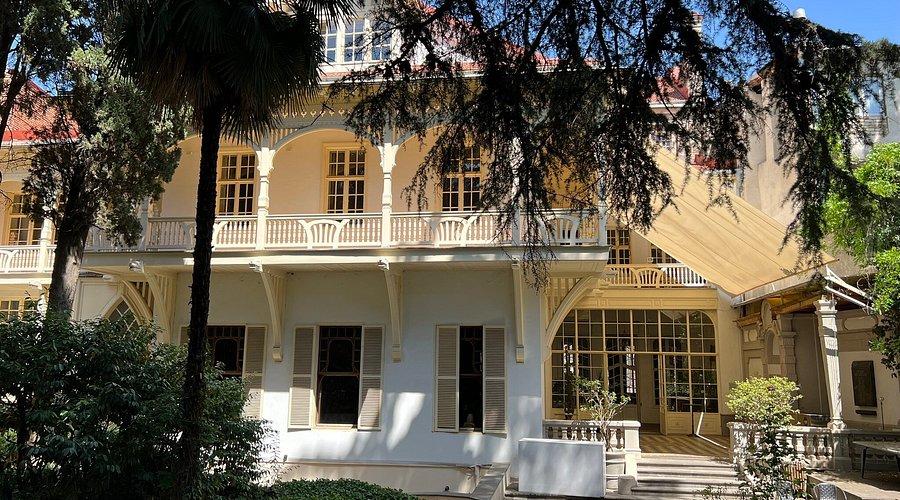
The Residence https://residence-estate.ge/en/ The Residence stands as a model of contemporary living where thoughtful design meets enduring comfort, offering inhabitants a sense of belonging and privacy within a carefully curated environment.
From the moment one encounters The Residence, the defining impression is of balance: between privacy and community, between elegance and utility, and between modern materials and human scale. Architects and planners often define successful residential projects by how they answer the everyday needs of occupants while inspiring a lasting affinity with the place. The Residence accomplishes this by combining well-proportioned living spaces with communal amenities that invite interaction but never demand it.
At its core, The Residence emphasizes adaptable interiors. Floor plans prioritize natural light, with glazed facades or strategically placed windows that not only brighten rooms but also frame views of gardens, courtyards, or distant cityscapes. Open-plan living areas flow into compact yet functional kitchens and sleeping quarters, while storage is integrated into walls, alcoves, and multi-use furniture. The materials palette—warm timber, soft stone, matte metals, and textured textiles—creates a domestic comfort that feels both contemporary and timeless.
Public and shared spaces are as intentional as private ones. Landscaped courtyards, rooftop terraces, and sheltered courtyards serve as green lungs within the development, providing opportunities for relaxation and socializing. Residents can find quiet niches for reading, shaded promenades for leisurely walks, and communal gardens where seasonal planting fosters a sense of stewardship among neighbors. The Residence often includes fitness studios, coworking lounges, and multipurpose rooms designed to support a range of activities from small meetings to family celebrations.

One of the prized elements of The Residence is its sensitivity to context. Rather than imposing an isolated compound, it seeks harmonious integration with surrounding neighborhoods. Streetscapes are activated with low-rise townhouses or ground-floor units that open to pedestrian routes, encouraging a human-scale urbanism. Where possible, original trees and historic fabric are preserved, and building massing is calibrated to protect sightlines, light access, and the character of adjacent blocks. This approach strengthens connections to local shops, schools, and transport nodes, allowing residents to live with convenience and a sense of rootedness.
Sustainability practices are woven into both design and operation. Passive strategies—orientation for solar gain, cross-ventilation, high-performance glazing, and generous insulation—reduce energy demands, while green roofs and rain gardens manage stormwater and support biodiversity. Inside residences, low-VOC finishes and efficient appliances contribute to healthier indoor air quality and lower running costs. In the communal realm, shared mobility solutions, dedicated bicycle storage, and proximity to public transit reduce reliance on private cars and support a more sustainable urban lifestyle.
Technology in The Residence is pragmatic and unobtrusive. Smart home systems are implemented to enhance comfort and efficiency—programmable heating, integrated lighting scenes, and secure access control are standard—yet the emphasis remains on user-friendly interfaces rather than elaborate gadgets. Building management platforms allow residents to book amenity spaces, receive updates, and coordinate maintenance with a level of transparency that fosters trust and convenience.
For families, The Residence provides a safe and nurturing environment. Play areas, family rooms, and flexible units that accommodate growing households help ensure long-term suitability. For professionals and quiet retirees, services like parcel lockers, concierge desks, and quiet working nooks deliver everyday ease. This range of offerings reflects an understanding that contemporary residential developments must support multiple life stages and shifting needs without losing coherence.
Investment-wise, properties within The Residence often appeal to a broad market of buyers and renters. The project’s emphasis on quality construction, sensible layouts, and long-term maintenance planning tends to preserve value over time. Furthermore, developments that prioritize placemaking and community tend to enjoy lower vacancy rates and stronger resale performance because they offer a lifestyle rather than just a unit.

Designers of The Residence attend carefully to acoustics and privacy—two aspects that greatly influence residential satisfaction. Sound-mitigating floor assemblies, staggered unit plans, and thoughtful placement of mechanical systems reduce intrusive noise. Visual privacy is managed through vegetative screens, frosted glazing in selected areas, and strategic setbacks. Residents thus benefit from calm interiors even within dense urban contexts.
Community-building is fostered through programming and stewardship. Regular social events, seasonal markets in communal courtyards, and resident committees create opportunities to connect. At the same time, property management aims to respond swiftly to feedback, ensuring that shared amenities remain clean, safe, and well-maintained. This combination of informal social life and formal governance contributes to a durable sense of belonging that is palpable when walking through The Residence.
Practical considerations are integrated with the aesthetic: generous bicycle parking, waste separation stations, and secure storage for large items all anticipate the practicalities of daily life. Attention to maintenance-friendly materials, accessible design features, and clear wayfinding helps reduce the friction that so often accompanies living in multi-unit developments. The Residence thus presents itself as a place where form supports function, and where small conveniences contribute to cumulative well-being.
Ultimately, The Residence can be understood as a proposition about how people want to live today: with connection and privacy, with sustainability and comfort, and with a built environment that supports routines as much as aspirations. It shows that residential architecture is not only about shelter but also about crafting conditions for a meaningful daily life. For architects, developers, and residents alike, The Residence offers lessons in restraint, refinement, and the importance of designing spaces that age gracefully.
As cities continue to evolve, projects like The Residence will be judged by their adaptability and resilience. The best examples provide roomy flexibility—spaces that can be reconfigured as family patterns shift and as work habits change—while maintaining a cohesive identity. In doing so, The Residence becomes more than a collection of units; it becomes a living framework within which people create homes, relationships, and memories.



 from Roda Digital
from Roda Digital